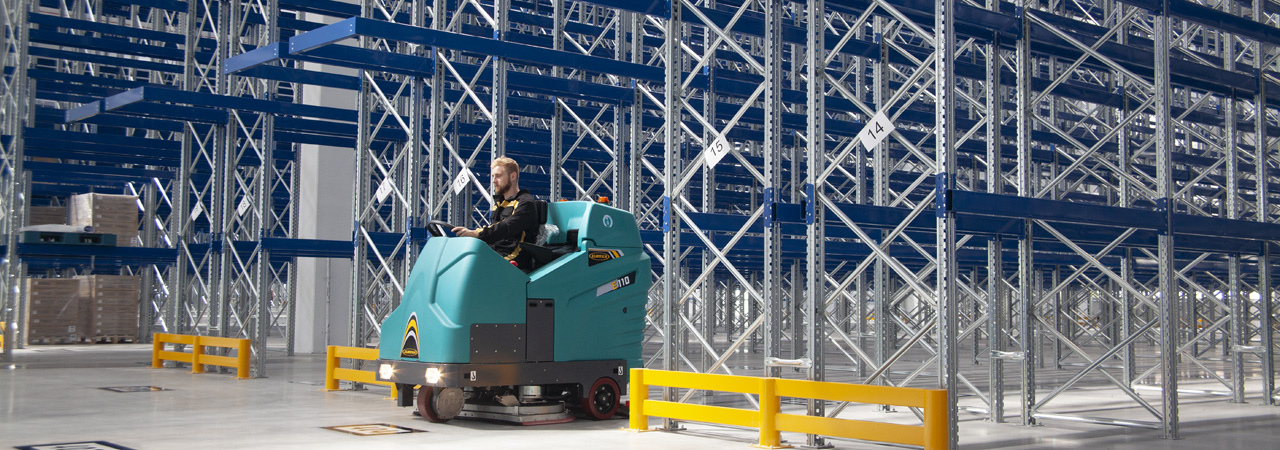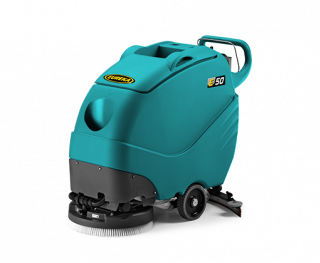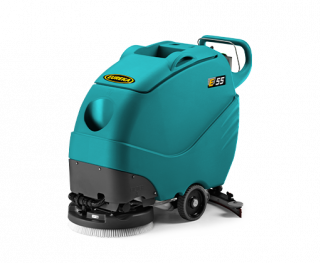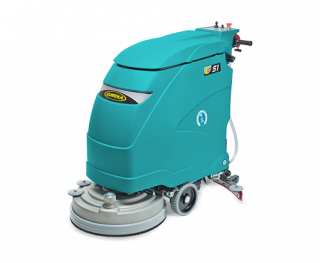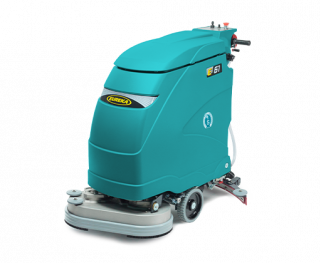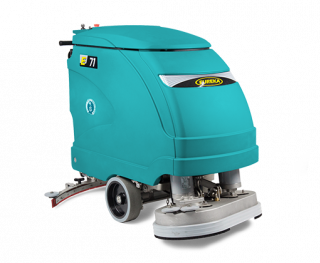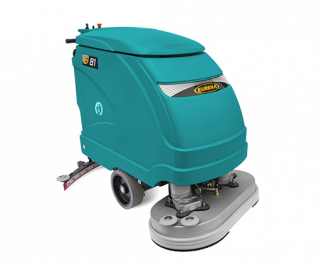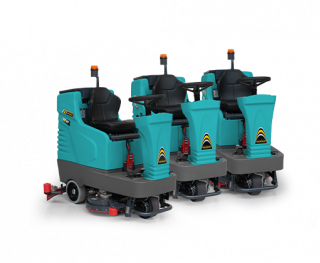Warehouse cleaning | How to clean a warehouse floor
Cleaning industrial warehouses is extremely important. If conducted following a structured maintenance plan and with the correct tools, it can deliver countless benefits
It’s possible to understand a lot about a company by observing its warehouses or production facilities up close. How internal space is managed, the quantity and type of goods being moved every day and the importance given to safety…the activities that take place inside these operational spaces are an interesting indicator regarding the overall health of a company.
Translated into commercial language, if shown to suppliers and clients, a clean warehouse, that’s well organized, is an excellent opportunity to start a positive dialogue and develop collaboration.
- Are materials correctly stocked in designated spaces? Are goods easily accessible, with materials that are moved more frequently positioned closer to the areas of preparation and shipment? Good, this means that the company has looked at the efficiency of its processes.
- Do employees act with safety in mind, using personal protective equipment where necessary? Do they have all the key tools necessary to carry out their work to hand? Great, shared objectives and operating practices have clearly been defined between those who prepare the operating spaces are those that work within them.
- Is warehouse racking and the surrounding floor area clean? Is the floor of the warehouse regularly swept and scrubbed? Even better, this means that a company is also taking care of the details.
Some key benefits of keeping warehouses and work stations clean and in order:
-
Minimizing risk
- Preventing accidents in the work place. An organized and clean environment comes with less risk. Avoid collisions with unmarked, out of place materials, trips, slips and falls. All accidents which cause injury, sometimes serious. On the other hand, an environment which is always clean and in order, permits operators to move in the work place with greater safety and speed. The result is a reduction in accidents and an increase in both the wellbeing of employees and productivity.
- Preventing goods from tipping over. Dusty racks, oil patches on the floor, objects stacked one on top of the other in an unordered fashion, all contribute to creating spaces that are at risk of accidents. All that’s needed is a wrong move, and the risk that tools, or finished products, fall onto the floor, becomes reality.
-
Protecting the quality of goods
Unkept warehouses and laboratories, especially in the food sector, are attractive to insects, rodents and other animals. In these contexts, they find things to eat, and protective corners to hide in. However, they bring with them, diseases and dirt, and they damage the products and infrastructure of the warehouse.
Even without hypothesizing such a drastic scenario, the absence of regular cleaning does lead to an accumulation of dirt and the yellowing of surfaces. And this damage is more than enough when we are taking about goods destined for sale.
In clean environments, goods are preserved better and last longer.
-
Health, optimism, and a sense of belonging
- Minimizing flu epidemics. Every year in the attendance register, the flu or seasonal illnesses account for the largest percentage of absenteeism. Viruses and bacteria spread quickly if proper cleaning practices are not carried out, notably increasing the risk of infection and all the consequent difficulties: the state of discomfort for those who become ill, the delays in production and delivery due to the reduced head count in the company…
- Productivity and employee turnover. Nobody finds it motivating to work in a dirty environment, that’s unhygienic or unhospitable. The discouragement felt because of run-down facilities and negligence towards cleaning quickly decreases employee performance and leads to a higher rate of employees leaving the company.
HOW TO CLEAN AN INDUSTRIAL WAREHOUSE?
Finally, here are some suggestions for how to effectively clean industrial facilities and warehouses for stock:
- Organize a shared cleaning schedule
One of the most important rules to keep a production site, warehouse, or other types of workplace clean is to plan daily, weekly, monthly and extraordinary cleaning operations. In plants with large floor areas, dirt accumulates quickly. Programming cleaning staff shifts, or implementing zone cleaning of work spaces by employees, ensures that good standards of hygiene are maintained.
- Create a cleaning check-list
Creating a list of tasks is a practice that will help maintain standards of cleanliness aligned across the whole company and sharing the approach to cleaning guarantees that at the end of a shift, or during a handover, frustrations or misunderstanding don’t arise over who should be doing what. A check-list is also useful to verify that each activity has been completed within its deadline. The same goes for products and tools that should be readily accessible to those tasked with cleaning operations, an inventory of these items, ensures that they are always available and can be reordered ahead of time.
- Provide a specific and convenient area for all the cleaning tools and machines which are required to carry out operations safely, quickly and efficiently.
Often it is the employee that is the first to feel the need to maintain their workspace in order and to feel responsible if an accident, for example, a spilt drink, or an oil patch due to a faulty machine, requires immediate action to be taken. Both for this type of cleaning and for that at the end of a shift, creating collaboration between colleagues to complete the task at hand shouldn’t be difficult, provided they are in the position to do so. It should be clear to employees where cleaning tools are located and how to use them properly, the cleaning storeroom should be easy access, organized and well stocked. Floor cleaning machines should be efficient, but above all, easy to use. This equipment shouldn’t create confusion for anyone who uses it, even on an ad hoc basis. This fundamental feature of a cleaning machine is what makes the difference to an employee’s motivation to intervene - a machine that is easy to operate is a great incentive to take initiative.
Eureka is specialized in the design and production of industrial floor cleaning equipment. With over 35 years of experience we have constructed machines tailored to every context, corporate and non-corporate, and our machines are appreciated equally in logistics structures and production facilities.
Eureka’s scrubber-dyers and industrial sweepers are efficient, safe and ergonomic.
Eureka has created the M – Mechanical line to answer the request that a floor cleaning machine should be a machine that anyone can use without hours of training. Ease of use goes hand in hand with encouraging the direct involvement of the employee in both daily and exceptional cleaning operations. The M line of scrubber dryers keeps electronics to the minimum and the primary functions of the machine are activated via simple buttons and levers therefore making operation extra intuitive.

